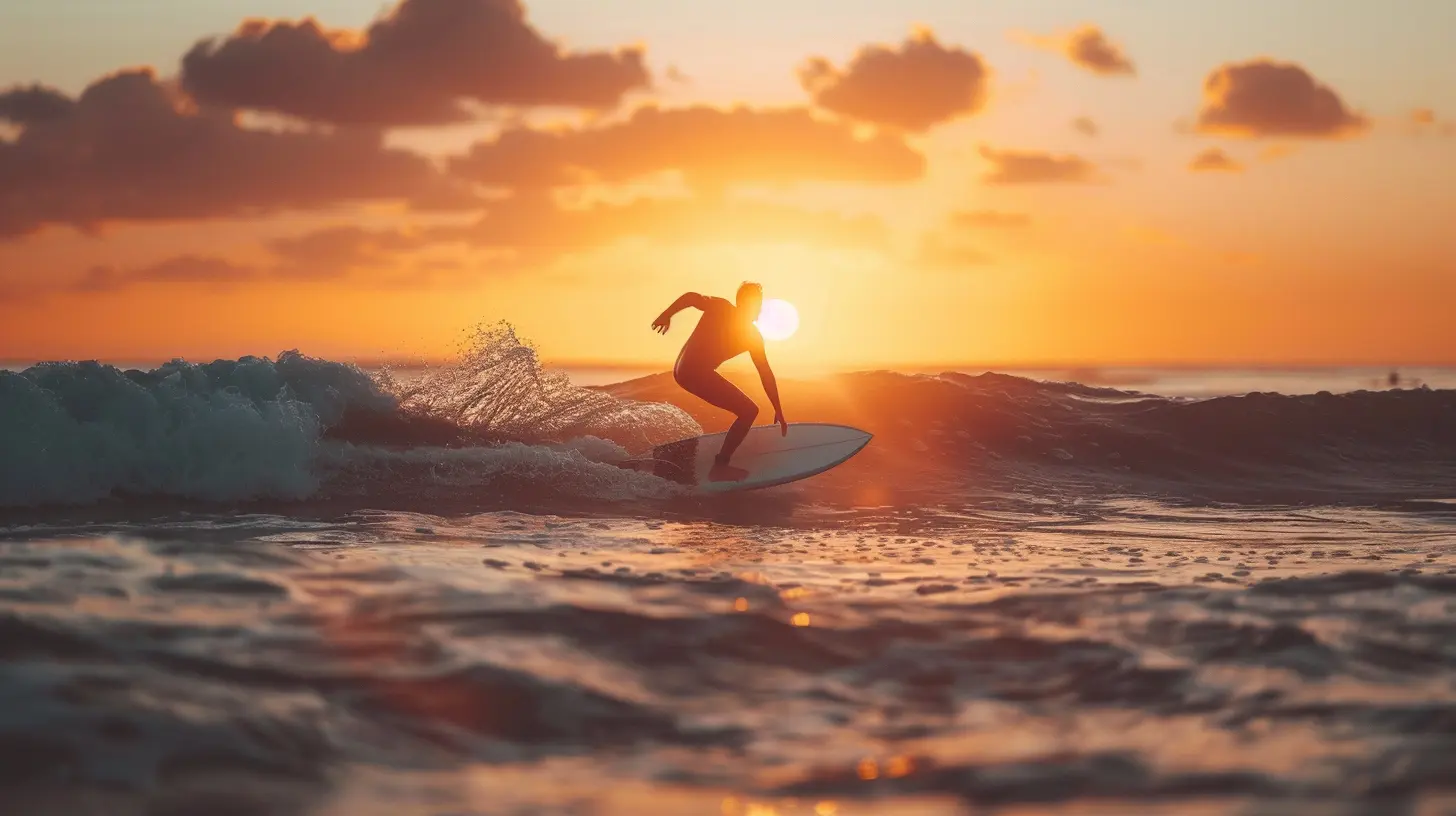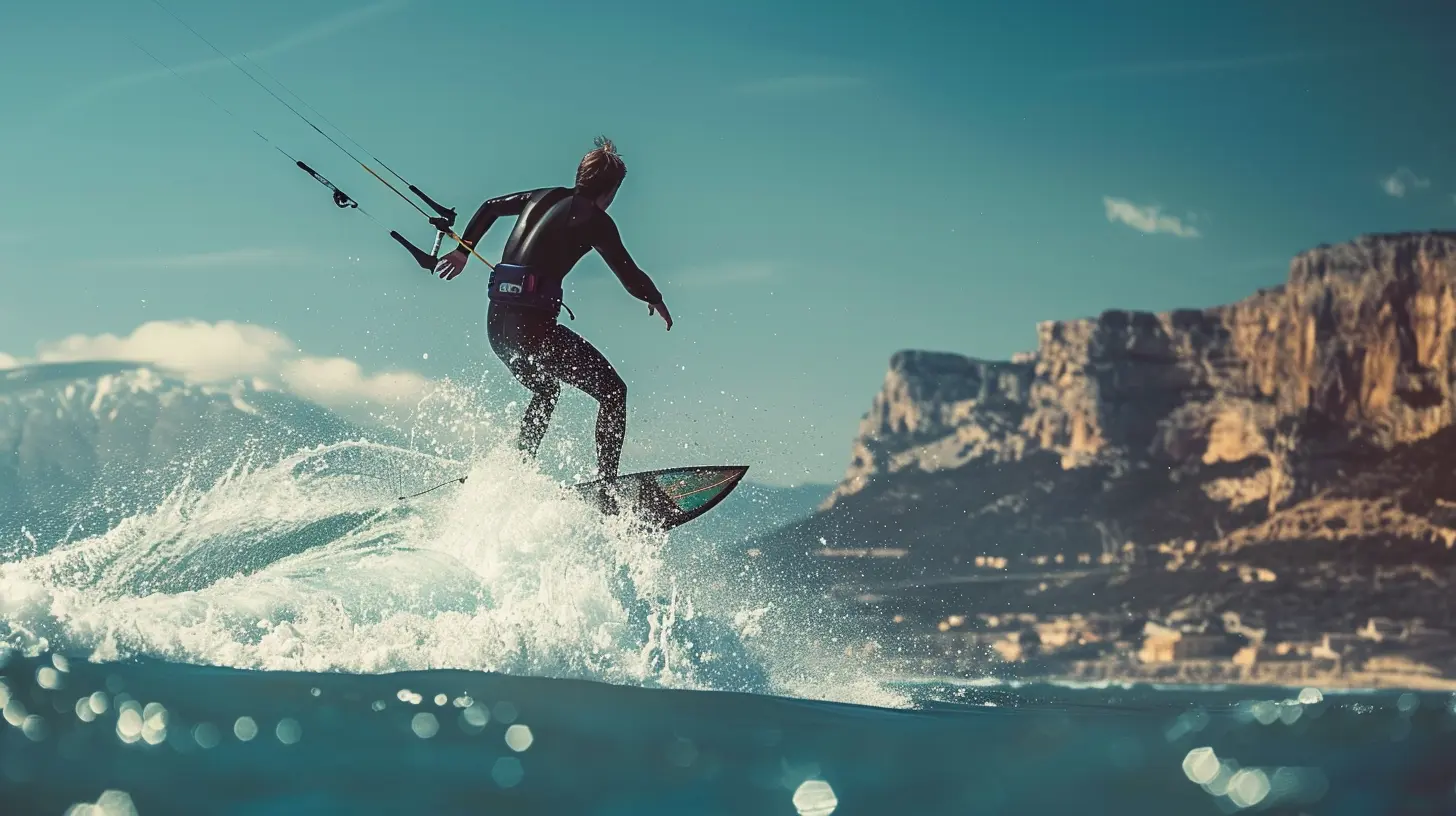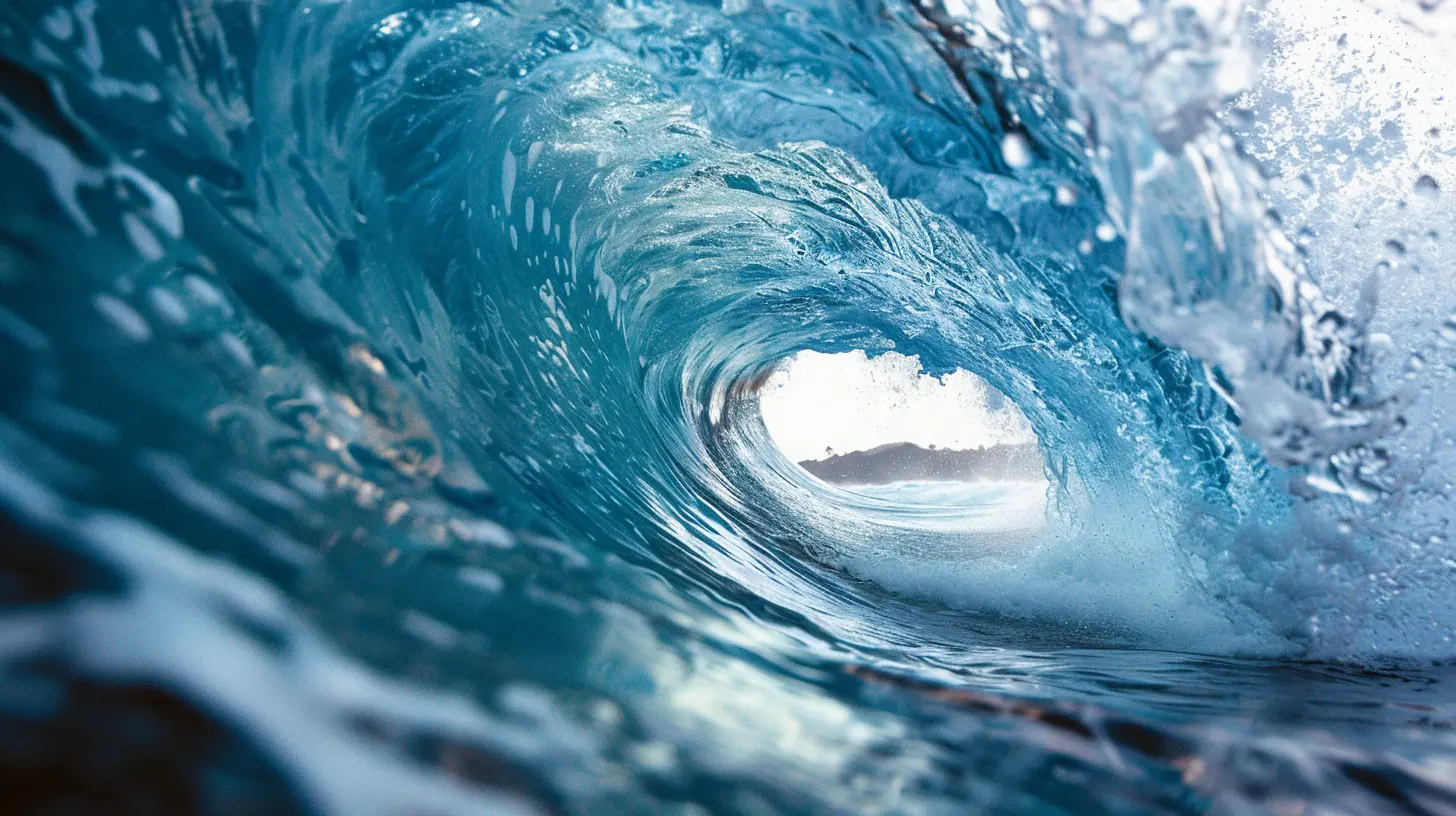How to Improve Your Pop-Up Technique
18 October 2025
If you're anything like most surfers, you've probably had that frustrating moment where your pop-up just doesn't feel right. Maybe it's too slow, too awkward, or just plain inconsistent. Good news—you’re not alone, and better yet, it’s totally fixable.
The pop-up is the foundation of your surfing game. Nail it, and you're halfway to riding clean lines and carving like a pro. But mess it up, and you’re likely wiping out before the wave even begins to break. In this article, we’re going to break it all down—step by step, muscle by muscle, mindset by mindset—to help you seriously level up your pop-up game.
Let’s dive into how you can improve your pop-up technique starting today.
Why the Pop-Up Even Matters
Before we get into the nitty-gritty, let’s zoom out for a second. Why is the pop-up such a big deal?Well, your pop-up is how you transition from paddling to standing. It’s basically the moment of truth—get it right, and you’re cruising down the face of the wave. Get it wrong, and you’ll either nosedive, wipe out, or worst-case scenario, miss the wave entirely.
A good pop-up is fast, smooth, and instinctive. It's like muscle memory—you shouldn't have to think about it. The goal is to make it automatic, so your body just knows what to do the second your board catches the wave.
Step-by-Step Breakdown of the Pop-Up
Alright, let’s break it down. Here’s what a solid pop-up should look like, step-by-step.1. Start With the Right Paddle
Before you even think about popping up, you’ve gotta catch the wave. That means a strong, steady paddle.You’ll want to give three or four last powerful strokes just before the wave picks you up. Keep your chest low, eyes forward, and don’t look down at your board (that’s a classic error). If your paddle is weak or uncoordinated, your pop-up won’t matter—you won’t be on the wave in the first place.
2. Feel the Wave Lift You
Here’s the sweet moment. You’ll feel the tail of your board lift as the wave starts to carry you. That’s your cue to spring into action.Don’t rush it. If you go too early, you’ll stall. Too late, and the wave will pass you by. Timing here is everything, and it comes with practice.
3. Push-Up Strong
Now, place your hands flat on the deck near your ribs (not too far forward!) and push up like you're doing a strong yoga cobra pose.Keep your legs trailing behind you—not tucked underneath. This is not a knees-first scenario. That’s a habit most beginners fall into, and it slows everything down.
4. Explode Up
Here’s where the magic happens. Once you’re pushed up, you want to pop your feet underneath you in one fluid motion.Your front foot should land roughly in the center of the board, between your hands. Your back foot should land just above the tail pad or wherever your usual stance lines up.
Don’t think of it as a climb. Think of it as a jump—a fast, controlled explosion. Boom—just like that.
Common Pop-Up Mistakes (And How to Fix Them)
Let’s be real: everyone messes up. But if you know what to look for, it's way easier to fix.1. Going to Your Knees
This is a big one. A knees-first pop-up is like using training wheels when you already know how to ride a bike. It slows you down and throws off your balance.Fix: Practice going straight to your feet on land until it feels natural. Try using a yoga mat or towel and work on that explosive motion.
2. Looking Down
Where your eyes go, your body follows. If you look down at your feet or board, you’ll hunch forward and lose balance.Fix: Keep your eyes on the horizon. Pretend you're looking where you want to go, not where you’re scared of falling.
3. Weak Push-Up
If your arms can’t lift you clean off the board, you’re going to struggle.Fix: Incorporate push-ups, planks, and upper-body strength training into your workout. More strength = more control and speed.
4. Feet Landing in the Wrong Spot
Maybe your front foot is too far back or your back foot lands crooked. That’s going to throw off your stance.Fix: Use wax lines or stickers on your board to help guide where your feet should land.
Best Dryland Exercises to Build Pop-Up Power
Great surfers don’t just train in the water—they train on land, too. Here are a few killer dryland exercises to help develop the strength and speed you need for a better pop-up.Burpees
Yeah, we know. No one loves burpees. But they mimic the explosive movement of the pop-up perfectly. Aim for sets of short, fast reps.Push-Ups
Classic for a reason. Push-ups develop your chest, triceps, and shoulders—all of which you need for that strong press-up.Plank to Toe Tap
This builds core stability while mimicking the motion of lifting your hips in the pop-up.Jump Squats
They improve leg strength and balance, giving you more control when you land on your feet.Pop-Up Drills
Set a towel on the floor, lie in your paddling position, and practice popping all the way to your feet in one clean motion. Repeat it. A lot.Mobility and Flexibility: The Unsung Heroes
If your hips are tight or your lower back is locked up, your pop-up is going to suffer—no matter how strong you are.Stretch It Out
Incorporate dynamic stretches before a surf session and static stretches afterward. Focus on your hip flexors, hamstrings, and shoulders.Try Yoga
Yoga is a surfer’s best friend. Think of it as WD-40 for your joints. Sessions focused on flow, mobility, and breath control can work wonders.Mental Game: Confidence Is Half the Battle
Here’s the deal—if you're second-guessing your pop-up, you're already behind.Fear is normal, especially when you're learning or stepping up to bigger waves. But confidence comes from preparation. The more you train—on land and in water—the more automatic your pop-up becomes.
Visualize it. See yourself popping up smoothly. Feel the motion in your mind. Mental reps count as much as physical ones.
Equipment Check: Is Your Board Helping or Hurting?
Believe it or not, your surfboard might be making things harder than they need to be.Bigger Boards are Easier
If you’re learning or struggling with your pop-up, don’t be ashamed to use a longer or wider board. It gives you more stability and more time to get to your feet.Wax and Traction
Make sure your wax is grippy and your traction pad is in the right spot. Slipping is not going to help your confidence or your form.Drills in the Water to Practice Your Pop-Up
So, what should you actually do next time you're out in the water?1. Whitewater Practice
Catch smaller whitewater waves and just focus on your pop-up. Don’t worry about turns or style—just get the movement down.2. One Wave, One Focus
Pick one thing to improve per wave. Maybe it’s hand placement or foot landing. Don’t try to fix everything at once.3. Film Yourself
If possible, have a friend film your session. Watching your own footage is better than any coach yelling from the beach.How Long Does It Take to Improve?
This depends on how often you surf and how much you train on land. But here’s the truth: if you do a few dryland pop-up drills every day for two weeks, you’ll see real progress.Consistency > Perfection. Don’t aim to be perfect. Aim to get 1% better every day.
Final Thoughts: Your Pop-Up Is Yours to Own
Improving your pop-up doesn’t take magic, just some good ol’ fashioned effort and repetition. The more you practice and the more intentional you are, the smoother and faster your pop-up will become.Remember, every great surfer had to dial in their pop-up too—it’s a rite of passage. So, be patient, put in the reps, and don’t be afraid to laugh at yourself along the way.
Waves come and go, but the pop-up? That’s forever.
all images in this post were generated using AI tools
Category:
SurfingAuthor:

Onyx Frye
Discussion
rate this article
1 comments
Marie Young
Improving my pop-up technique has been a game changer for me. The tips in this article are practical and easy to implement. Excited to see my progress!
October 29, 2025 at 1:24 PM

Onyx Frye
Thank you for your kind words! I'm thrilled to hear that you found the tips helpful and are excited about your progress. Keep practicing!


